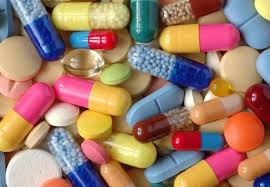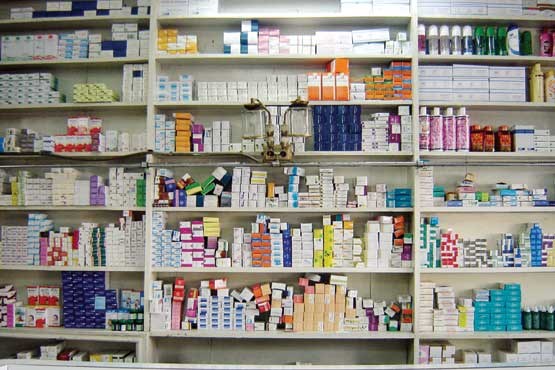صنعت داروسازی و بهداشت در ایران- سه ماهه سوم 2015
BMI Industry View
BMI View: The gradual easing of sanctions in Iran will lead to an uptick in interest from multinational pharmaceutical companies, many of which chose not to do business in Iran during this time. The supply of high value patented medicines will still be satisfied by multinationals despite increasing competition from domestic companies, with the easing of sanctions providing a more attractive operating environment.

Headline Expenditure Projections
■ Pharmaceuticals: IRR60,704bn (USD2.35bn) in 2014 to IRR68,851bn (USD1.91bn) in 2015; +13.4% in local currency terms and -18.6% in US dollar terms. Forecast unchanged from previous quarter.
■ Healthcare: IRR694,087bn (USD21.83bn) in 2014 to IRR791,797bn (USD21.99bn) in 2015; +14.1% in local currency terms and +0.8% in US dollar terms. Forecast revised on new market data. Risk/Reward Index Iran's business environment is rated 33.1 out of 100 in Q315, down from 41.5 in the previous quarter, according to BMI's Risk/Reward Index. Iran's position in the regional rankings declined two places in the regional rankings to 23rd out of 30 countries in the Middle East and Africa in Q315. Its overall score is considerably below the regional average of 41.7. Generally speaking, Iran benefits from a large and growing population, and relatively widespread access to healthcare services. However, its regulatory regime - including intellectual property rights and economic situation - is highly questionable. Consequently, the country performs below the regional average in terms of risk despite improvements in the political situation.
Key Trends And Developments
■ Iran will open a production line for branded generic drugs licensed by European and US companies, according to Press TV in May 2015. The plant, located about 100km southwest of Tehran, has been built with an investment of USD8mn, according to Behestan Pharmaceutical Company's CEO Mehdi Balochestani. The plant will initially produce 12 brands of drugs.
■ In May 2015, Iranian Vice-President for Science and Technology Affairs Sorena Sattari has unveiled three locally produced medicines by Soha Pharmaceutical Company. The medicines are aimed at treating patients with acute renal failure and would contribute to the development of the country's pharmaceutical industry, noted Sattari. The production cost of the drugs is several times lower than their foreign counterparts. Iran had previously launched 12 new domestically made medicines in mid-February 2015, which are used for the treatment of various illnesses such as cancer, multiple sclerosis, diabetes, and inflammation and cardiovascular disease.

BMI Economic View
After three years of stagnation and recession Iran's economy will return to growth in 2015. This will be primarily due to sanctions relief as we expect an agreement to be reached over the country's nuclear programme. Overall, we expect real GDP growth of 3-4% from 2016 onwards, driven increasingly by fixed investment and net exports.
BMI Political View
Iran's next Supreme Leader will have enormous influence over the country's economic and political future.
Hardline candidates have the greatest sway within the political establishment at present, and Ayatollah Mahmoud Hashemi Shahroudi is best placed to succeed Ayatollah Khomenei. This could herald a more anti-Western foreign policy stance and also greater domestic instability, as a power struggle is likely.
گزارش تحلیلی بیزینس مانیتور- صنعت داروسازی و بهداشت در ایران- سه ماهه سوم 2015

